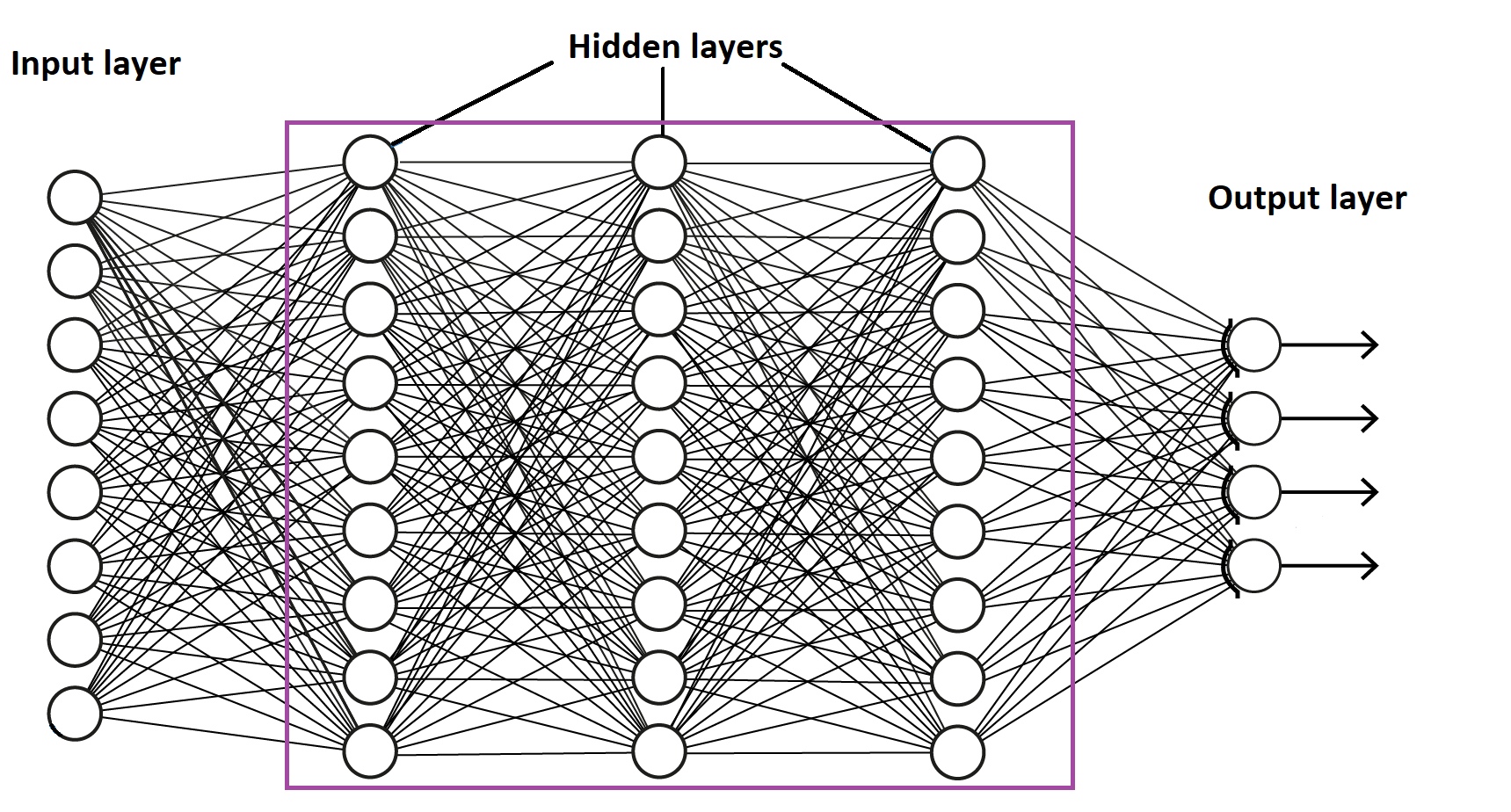
Can a neural network be taught to think like a human? Or at least like an animal? What do animals think about? Can you call what is happening in the cat's head reflections? And what is the secret of consciousness after all? Below we will try to understand all these issues.
It's no secret that neural networks can approximate any function, there are even theorems proving this. There is an input layer, hidden layers, and an output layer. In the case of reinforcement learning, the input layer is how the environment acts on the agent. And the output layer is the agent's actions on the environment. To get a sufficiently smart agent, we need 3 things: a sufficient number of neurons in hidden layers, a sufficiently elaborated environment that makes it possible to receive reinforcement, and we also need a large number of input and output neurons to maximize interaction with the environment.
Consider the human brain - 100 billion neurons. Formally, this is about 10 layers of 10 billion neurons. Write in the comments how much power is needed to calculate this amount. For experiments, you can use the number of neurons that are 10-100 times lower.
The environment should be as diverse as the world around us. We can put a robot agent in reality or teach him in virtual reality, asking him a reinforcement from the function (the agent's action) that we would like him to perform.
I would like to dwell on input and output neurons separately. Their goal is interaction with the environment. The input neurons of a cat are all its receptors in the eyes, ears and skin, as well as many others. Output neurons are connected mainly with various muscles, which gives the creature the ability to interact with the environment (the agent's feedback on the environment). The more input and output neurons - the better, wider, better the interaction "environment-agent-environment"
Let's look at a few examples. Receptors detect the lack of air - the brain forces the lungs to breathe. The receptors of the stomach speak of hunger - the brain takes out the function of obtaining food in a given environment. Or an example with a needle - if something pricks the skin, the signal goes to the brain, it is processed there and the brain issues an order to the hand how to get rid of this problem. It all comes down to a simple thing - when the receptors are not disturbed, there is no action. But if the receptor is excited, then the brain looks for a solution that would help remove the excitation of this receptor. As soon as the desired chain is found, and the receptor has lost its excitation, the neural connections of this chain are reinforced. And the next time, this chain of actions will be a priority. This happens with all actions in our life. Thus, you can create an agent for any environment, and for any functions that we need.The question lies solely in the productive capacity.